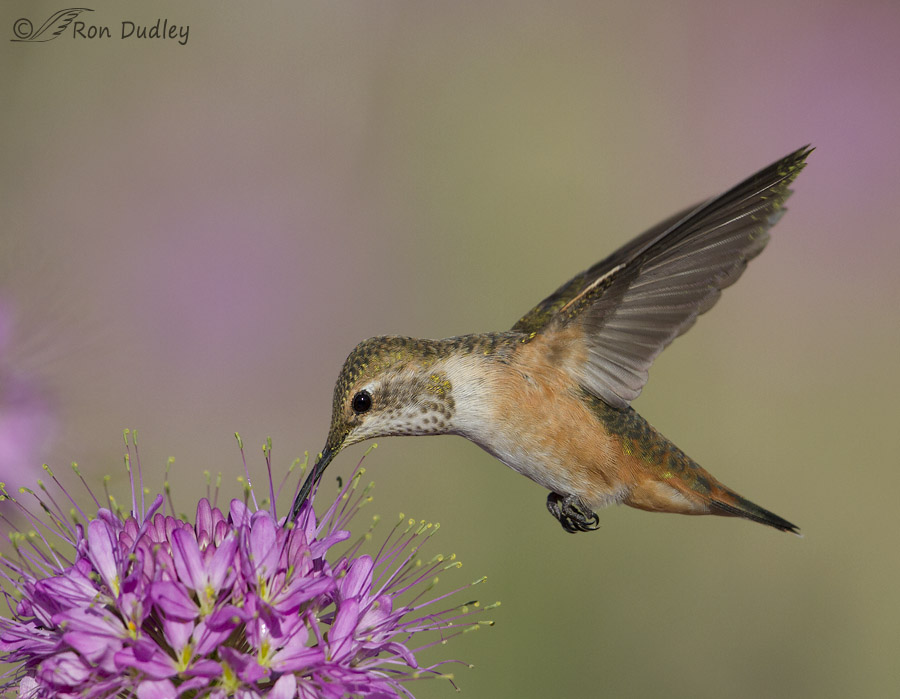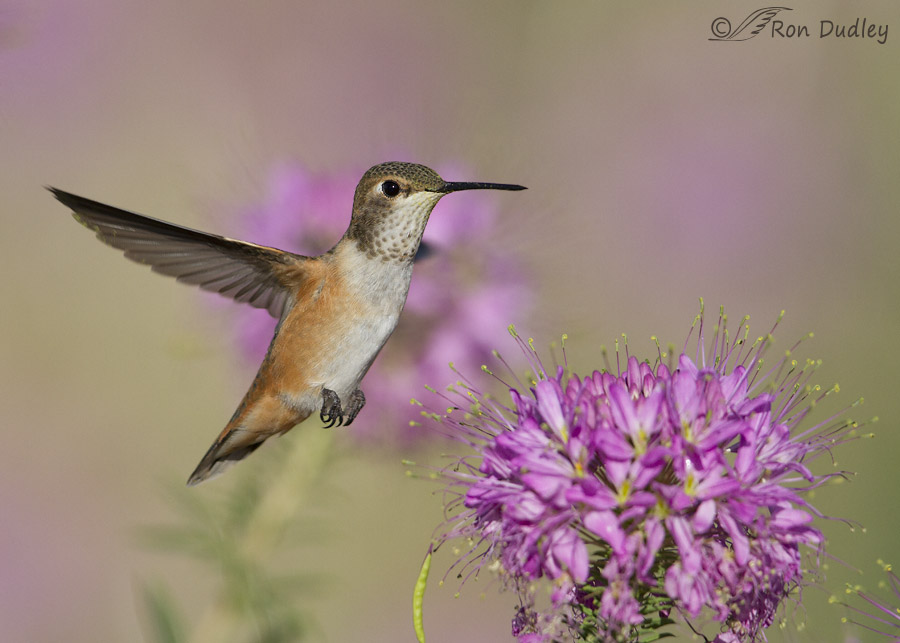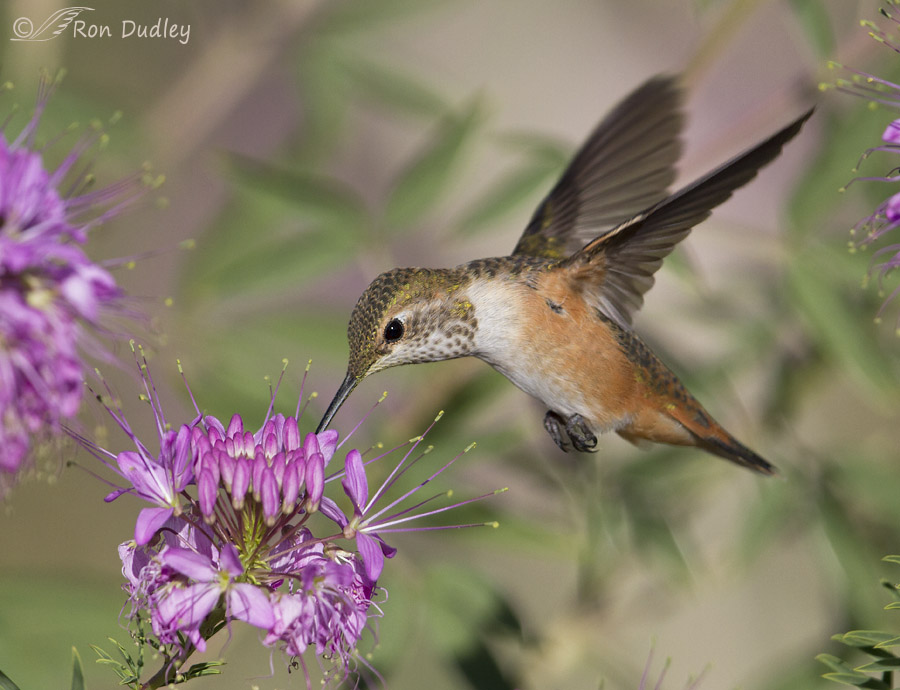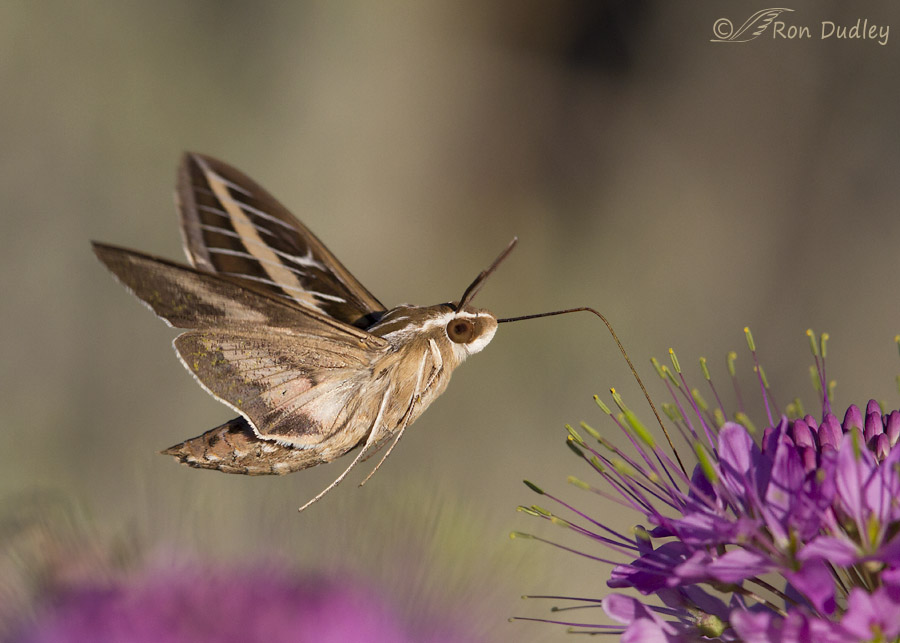Rocky Mountain Bee Plant is a hummingbird magnet. A showy, native species it is often found in disturbed areas in the west. It has a beautiful flower but an unpleasant odor and is largely avoided by livestock. The nectar filled blossoms attract a wide variety of pollinators including bees, butterflies, moths and wasps. It was important culturally for Native Americans (one common name is Navajo spinach) and is still used as a source of yellow-green dye for their beautiful wool rugs and blankets.
And hummingbirds simply love it.

1/3200, f/5.6, ISO 640, Canon 7D, Canon EF500mm f/4L IS II USM, not baited, set up or called in
Bee plant attracts all sorts of hummingbird species including Broad-tailed, Black-chinned, Calliope and these Rufous Hummingbirds.
 1/3200, f/5.6, ISO 640, Canon 7D, Canon EF500mm f/4L IS II USM + 1.4 tc, not baited, set up or called in
1/3200, f/5.6, ISO 640, Canon 7D, Canon EF500mm f/4L IS II USM + 1.4 tc, not baited, set up or called in
They flit from flower cluster to flower cluster collecting the abundant nectar as the whir of their wings fills the air.

1/3200, f/6.3, ISO 640, Canon 7D, Canon EF500mm f/4L IS II USM, not baited, set up or called in
They defend feeding territories and their skirmishes are a delight to watch. And I can’t think of a better situation for the photographer to hone his/her skills than at a wildflower patch buzzing with hummingbirds – the little rascals will certainly challenge your focusing, timing and other skills and they’re guaranteed to provide amusement to assuage your photographic frustrations.

1/4000, f/5.6, ISO 640, Canon 7D, Canon EF500mm f/4L IS II USM + 1.4 tc, not baited, set up or called in
If you’re lucky White-lined Sphinx Moths will also appear at the bee plant. They compete with hummingbirds for nectar (they’re also called hummingbird moths) and I’ve seen them both chase each other off the flowers.
Hummingbirds are most often photographed at feeder setups or in back yard gardens but I much prefer to photograph them in a more natural setting so I’m always on the lookout for Rocky Mountain Bee Plant. These hummingbirds (and the moth) were photographed last August on Antelope Island when the island had several patches of bee plant close to roads and available for photography but so far this year bee plant on the island seems to be very scarce.
It’s still too early for it to bloom around here so maybe I’m just missing it and once August rolls around I’ll once again have an absolute blast photographing nectar feeders at bee plants on the island.
Happy Independence Day everyone!
Ron


I really love the tenacity of these little birds. Had the pleasure of being able to rescue one once. It hit a window and was stunned. I held it up to a feeder. It ate then perched on my finger for about 30-45 seconds then flew off. Magical moment for me.
Gorgeous images. One time my husband and I were riding bikes, and he yelled to me that a hummingbird was flying beside me. I turned my head and it was a hummingbird moth!
Wow! The little hummers are among the most beautiful shots in your awesome collection of beautiful shots!
Thanks very much, Howard.
Rather a lot of things are a me magnet. No wonder I often feel torn in a zillion directions. How I would LOVE to see some of the wonders you see year after year.
And thank you to Patty and to you. I had wondered whether the bee plant was from the cleome family. I must track some down to plant here.
I love Cleome, EC. Makes me sad I don’t have any in the garden this year.
Wonderfully sharp photos. It is great fun to watch them defend “their” bee plant against all comers including other hummingbirds, moths, and butterflies. Two years ago on the island one was particularly perturbed by monarch butterflies invading its territory and I watched as it finally punched a hole in the wings of one hapless offender! It doesn’t hurt that the bee plant is particularly beautiful in addition to the wondrous colors of the hummingbird.
Thanks, Larry. I’ll bet you’ve spent a significant amount of time watching these nectar feeders on the island too. Great fun, isn’t it?
Love these shots…especoally on the wild Bee Plant…or Cleome (Spider plant) is what it’s garden variety is called. Love those tiny feet curled up so close to the body. Every time I do a watercolor of these flying jewels, it sell right away…learned to capture iridescence from Katie Lee. Each Time I’ve sold one I’ve regretted it…wishing I’d kept one. We have Sphinx moths, too…they were especially attracted to our Butterfly Bushes iand cone flowers. I enjoy them almost as much as the hummers.
Patty, most years I plant Cleome in my garden but the last few years I’ve had trouble finding the taller variety which I prefer. I really like them, despite their prickliness…
What wonderful shots! I have no hummers even though I have planted everything I can think of to attract them and have 3 feeders out.:-((
Charlotte
They have a mind of their own, don’t they, Charlotte. Here’s something you might want to consider trying:
http://www.americanmeadows.com/wildflower-seeds/wildflower-species/rocky-mountain-bee-plant-seeds
Thanks.
These are beyond outstanding, every time I think you have taken a picture that cannot be beaten you come up with another and another, what a talent you have and share, Thank You.
Thanks very much, Steven – what a nice thing to say…
Amen!!!
I love your shots of hummers working these flowers, absolutely beautiful. Any chance of getting shots of them defending feeding territory?
“Any chance of getting shots of them defending feeding territory?”
Dick, that’s something I’ve worked on but it’s very, very difficult to get more than one bird sharp in flight if you’re close enough for any detail. Hopefully I’ll have better luck this summer. Thank you.
I love to see the hummers in their natural settings!!! Beautiful!!
“in their natural settings”
That’s my preference too, Gena. I don’t photograph them at feeders or in my back yard except for the practice.
Gorgeous!
Thank you, Jean.
Fun pictures. Butterflies and moths were my first love, so I enjoy seeing the White-lined Sphinx. When I was living in Richmond VA I also had Clear-wing Hummingbird Moths. Happy Independence Day to you, also.
Susan, Based on your comment I just looked up the clearwing because I was curious about it. It appears that in the west they aren’t found further south than Oregon so I suspect that’s why I’m unfamiliar with them. I wish I were…
Ron, I think you’d like them. They are much smaller than the White-lined, but when they fly by their wings buzz as loudly as the Ruby-throated Hummingbirds.
I’m sure I would, Susan. Maybe some day…